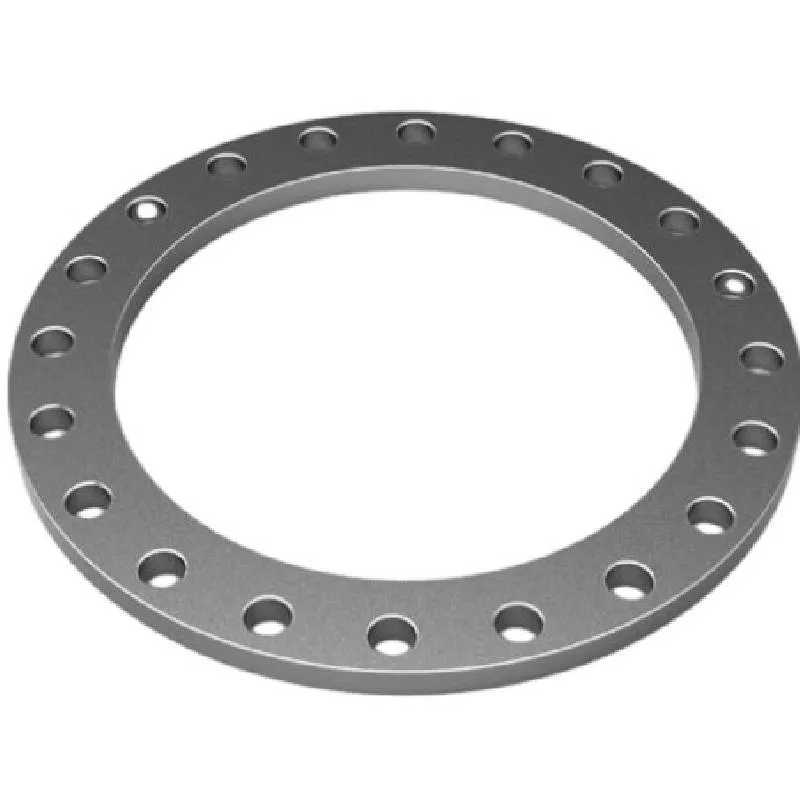-
Cangzhou Yulong Steel Co., Ltd.
-
Phone:
+86 13303177267 -
Email:
admin@ylsteelfittings.com
- English
- Arabic
- Italian
- Spanish
- Portuguese
- German
- kazakh
- Persian
- Greek
- French
- Russian
- Polish
- Thai
- Indonesian
- Vietnamese
- Zulu
- Korean
- Uzbek
- Hindi
- Serbian
- Malay
- Ukrainian
- Gujarati
- Haitian Creole
- hausa
- hawaiian
- Hebrew
- Miao
- Hungarian
- Icelandic
- igbo
- irish
- Japanese
- Javanese
- Kannada
- Khmer
- Rwandese
- Afrikaans
- Albanian
- Amharic
- Armenian
- Azerbaijani
- Basque
- Belarusian
- Bengali
- Bosnian
- Bulgarian
- Catalan
- Cebuano
- China
- China (Taiwan)
- Corsican
- Croatian
- Czech
- Danish
- Esperanto
- Estonian
- Finnish
- Frisian
- Galician
- Georgian
- Kurdish
- Kyrgyz
- Lao
- Latin
- Latvian
- Lithuanian
- Luxembourgish
- Macedonian
- Malgashi
- Malayalam
- Maltese
- Maori
- Marathi
- Mongolian
- Myanmar
- Nepali
- Norwegian
- Norwegian
- Occitan
- Pashto
- Dutch
- Punjabi
- Romanian
- Samoan
- Scottish Gaelic
- Sesotho
- Shona
- Sindhi
- Sinhala
- Slovak
- Slovenian
- Somali
- Sundanese
- Swahili
- Swedish
- Tagalog
- Tajik
- Tamil
- Tatar
- Telugu
- Turkish
- Turkmen
- Urdu
- Uighur
- Welsh
- Bantu
- Yiddish
- Yoruba

Oct . 12, 2024 08:44 Back to list
Understanding Threaded Pipes and Fittings for Effective Plumbing Solutions
Understanding Threaded Pipe and Fittings A Comprehensive Overview
Threaded pipes and fittings are essential components in plumbing, construction, and various industrial applications. Their design ensures a secure and leak-proof connection, making them integral to a multitude of systems, including water supply lines, gas distribution networks, and HVAC installations. This article delves into the specifics of threaded pipes and fittings, exploring their types, uses, advantages, and installation techniques.
What are Threaded Pipes and Fittings?
Threaded pipes are cylindrical tubes that feature spiral grooves or threads along their exterior or interior surfaces. These threads enable pipes to connect with fittings — connectors that allow for junctions between different pipe segments or connect pipes to appliances and fixtures. The threads can be either external (male) or internal (female), allowing for various configurations based on the requirements of a given system.
Types of Threaded Pipes
There are several materials used for threaded pipes, each serving different purposes
1. Steel Pipes Commonly used in industrial applications, steel pipes are known for their strength and durability. They can endure high pressures and temperatures, making them suitable for both gas and water transport.
2. PVC Pipes Polyvinyl chloride (PVC) pipes are lightweight, corrosion-resistant, and inexpensive. They are often used in residential plumbing for drainage and irrigation systems.
3. Copper Pipes Copper has natural antimicrobial properties, making it a popular choice for potable water systems. It is also resistant to corrosion but can be more expensive than other options.
4. Plastic Pipes Various plastics, including ABS and PEX, are utilized for specific applications due to their flexibility and ease of installation.
Each type of pipe has unique properties that make it suitable for particular applications, and the choice often depends on the conditions of use, such as exposure to chemicals, pressure requirements, and temperature fluctuations.
Types of Threaded Fittings
Just as with pipes, fittings come in several forms, tailored for specific functions
1. Elbows These 90-degree or 45-degree fittings allow pipes to change direction, essential in navigating around obstacles or adjusting flow direction.
2. Tees Shaped like the letter T, these fittings enable the branch connection to a main pipeline, allowing for multi-directional flow.
3. Couplings Used to connect two straight pieces of pipe, couplings can be either threaded or slip on, providing a seamless transition in a plumbing system.
threaded pipe and fittings

5. Caps and Plugs Caps cover the end of a pipe, while plugs close off the threaded end, preventing flow.
Each fitting plays a crucial role in creating a functional and efficient pipeline system.
Advantages of Threaded Connections
Threaded pipes and fittings offer several advantages that contribute to their popularity
- Ease of Installation Threading provides a simple means of connecting various pipe sections without the need for welding or special tools. This reduces labor time and potential installation errors.
- Leak-Proof Seals When properly installed, threaded connections can provide a leak-resistant solution, which is especially important in applications involving liquids and gases under pressure.
- Versatility Threaded pipes and fittings are versatile, allowing for easy customization and adaptability in changing systems, such as in renovations or repairs.
- Maintenance and Repair Because threaded connections can be easily disassembled, maintenance and replacement of damaged sections are straightforward and cost-effective.
Installation Techniques
Proper installation of threaded pipes and fittings is key to ensuring their effectiveness. Here are some best practices
1. Cleaning Threads Before assembly, clean the threads on both the pipe and fitting to remove any debris or corrosion that may hinder the seal.
2. Thread Sealants Apply appropriate thread sealant or tape to ensure a secure, leak-proof connection. However, care should be taken not to over-apply, which could lead to misalignment.
3. Torque Specifications Use the recommended torque specifications when tightening the connection to avoid damaging the threads or compromising the seal.
In summary, threaded pipes and fittings are fundamental elements in various infrastructure projects, offering durability, convenience, and adaptability. Understanding their types and installation techniques is essential for anyone working in plumbing, construction, or related fields. As technology advances, it's likely that the materials and methods for threaded connections will continue to evolve, offering even more efficient solutions for modern applications.
Latest news
-
ANSI 150P SS304 SO FLANGE
NewsFeb.14,2025
-
ASTM A333GR6 STEEL PIPE
NewsJan.20,2025
-
ANSI B16.5 WELDING NECK FLANGE
NewsJan.15,2026
-
ANSI B16.5 SLIP-ON FLANGE
NewsApr.19,2024
-
SABS 1123 FLANGE
NewsJan.15,2025
-
DIN86044 PLATE FLANGE
NewsApr.19,2024
-
DIN2527 BLIND FLANGE
NewsApr.12,2024
-
JIS B2311 Butt-Welding Fittings LR/SR 45°/90° /180°Seamless/Weld
NewsApr.23,2024











